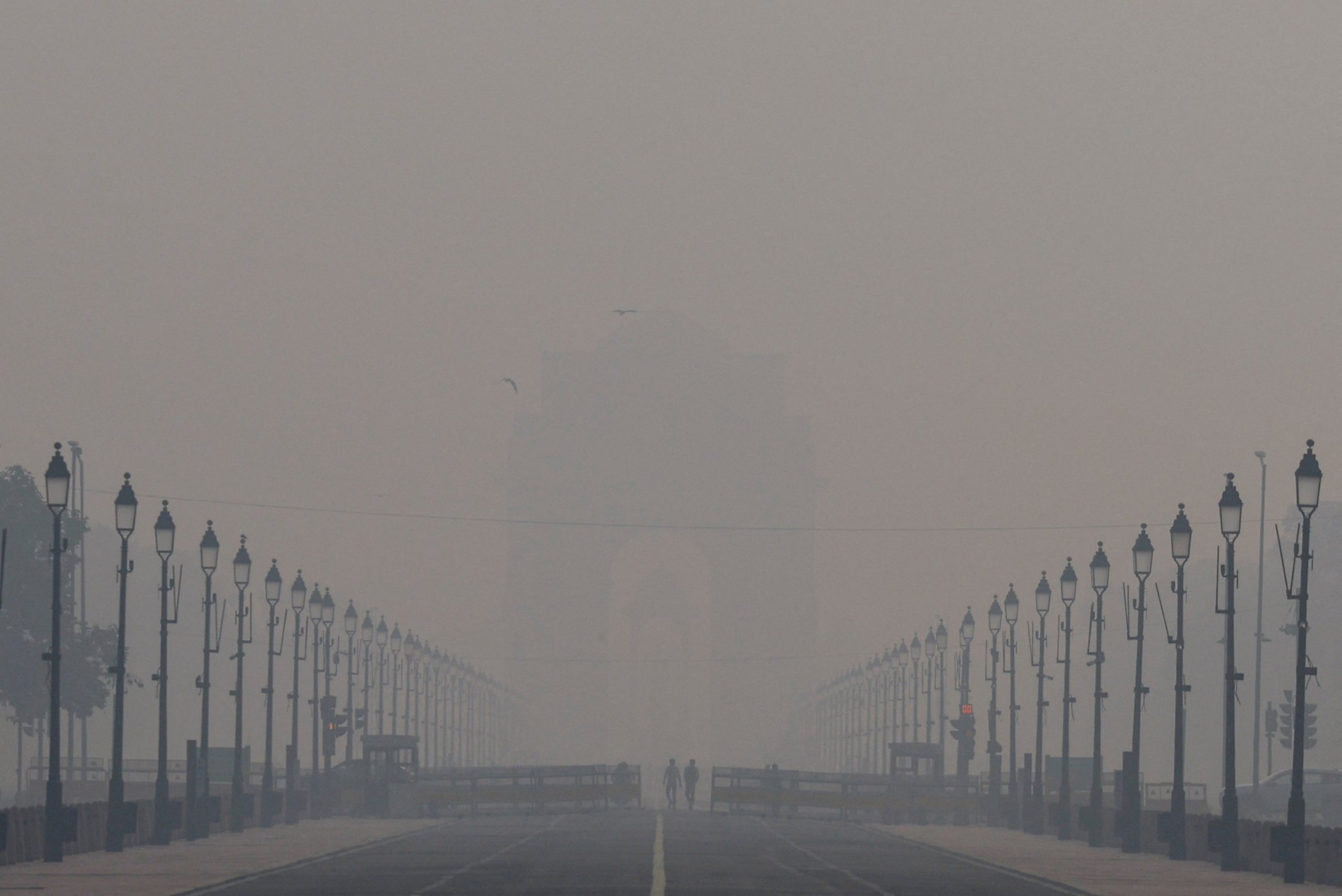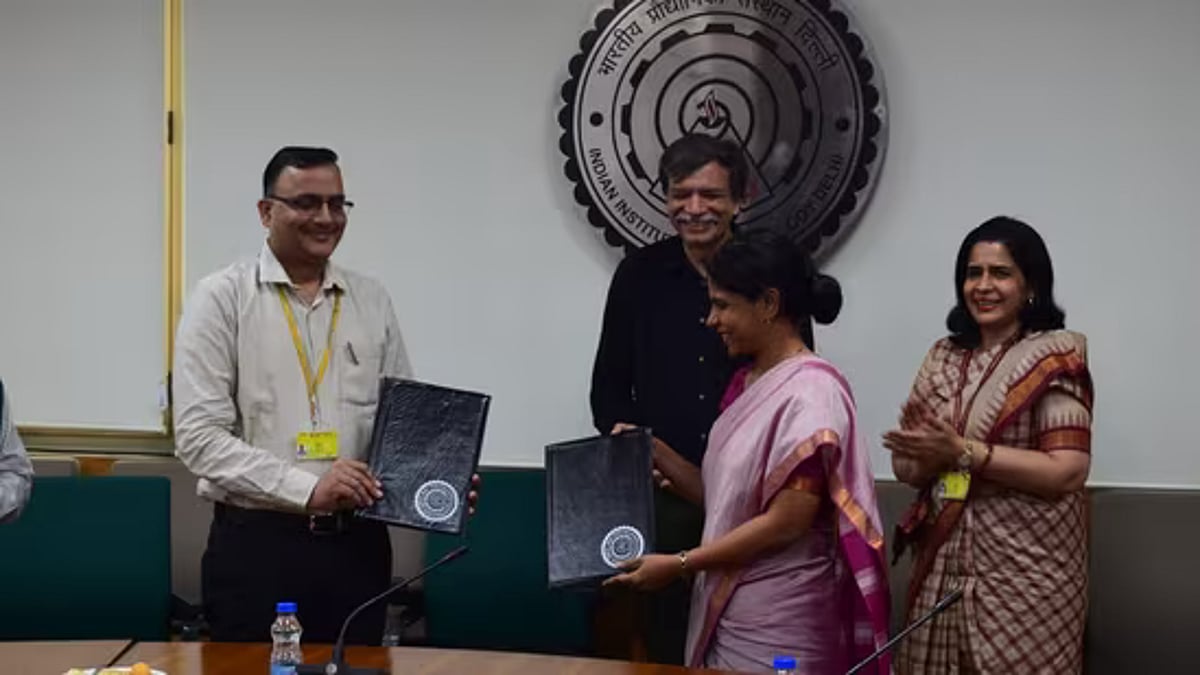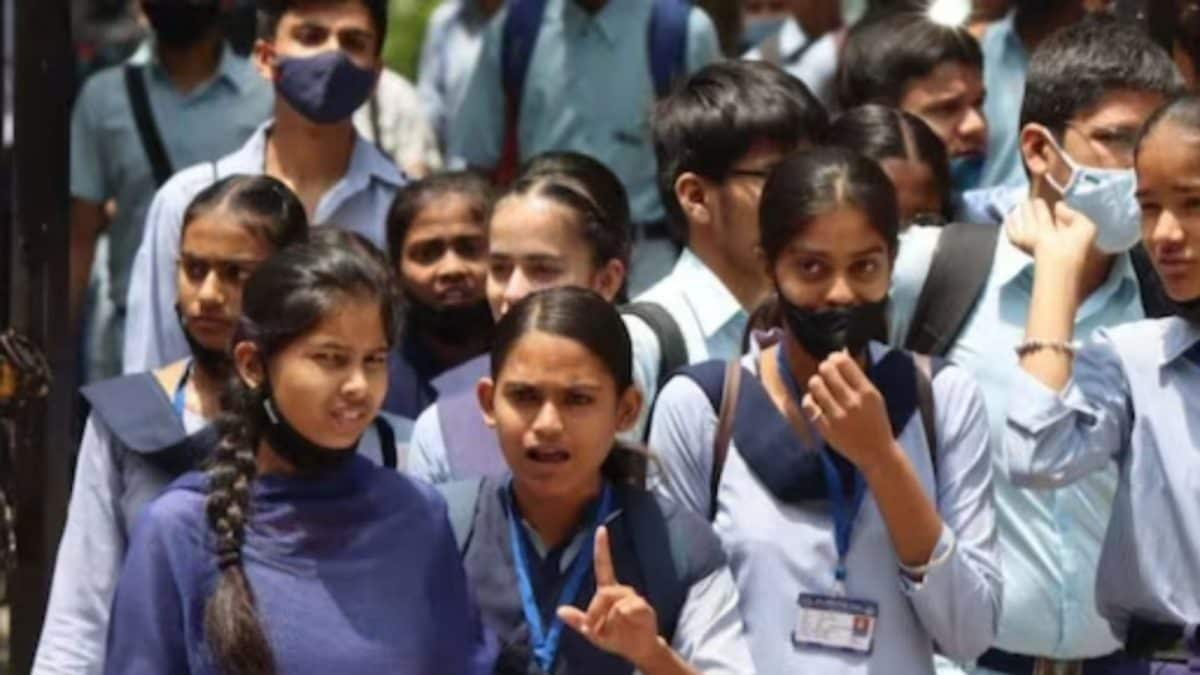Delhi’s first cloud-seeding trial: Can artificial rain wash away the smog?
In a historic first, Delhi on Tuesday carried out a cloud-seeding operation to induce artificial rain, a bold scientific intervention aimed at cleansing the capital’s toxic air. As the smog-choked city gasps under severe pollution levels each winter, this marks a decisive shift toward technology-driven environmental management. A first for Delhi and possibly for India’s urban future The operation, conducted across Burari, Mayur Vihar, and Karol Bagh, involved specialized aircraft releasing silver iodide and salt-based flares into moisture-laden clouds. These particles serve as condensation nuclei, encouraging cloud droplets to merge and eventually fall as rain. Officials confirmed that the first phase of the experiment concluded successfully, with a second sortie planned later in the evening, subject to atmospheric conditions. The project was carried out jointly by the Delhi government and IIT Kanpur, whose scientists provided the technical backbone for the mission. Delhi Chief Minister Rekha Gupta, while hailing the initiative, emphasized its experimental nature: “This is new for all of us. We’ve been exploring every possible measure to tackle pollution, and cloud seeding is part of that effort. If it succeeds, this could become a game changer for Delhiites.” Inside the operation: How the skies were seeded According to Delhi Minister Manjinder Singh Sirsa, the mission involved a Cessna aircraft operated by IIT Kanpur, which flew in from Meerut and covered multiple locations including Khekra, Burari, North Karol Bagh, and Mayur Vihar. Each of the eight flares fired weighed about 2–2.5 kilograms, burning for approximately two minutes each. The process lasted around half an hour, with humidity levels ranging between 15–20%. Winds were blowing northward, suggesting that the seeded clouds could drift toward Outer Delhi, potentially expanding the rainfall zone. The aircraft later returned to Meerut, while meteorologists from the India Meteorological Department (IMD) monitored conditions to determine the likelihood and timing of rainfall, which could occur anywhere between 15 minutes to four hours post-seeding. The science behind cloud seeding Cloud seeding isn’t new to meteorology; it has been successfully implemented in China, the UAE, and parts of the US to augment rainfall, reduce drought impact, and even clear haze during major events. In simple terms, substances like silver iodide, sodium chloride, or potassium chloride are dispersed into clouds, helping water vapor condense into droplets large enough to fall as rain. While the science is well-established, success rates vary depending on humidity, temperature, and wind speed, factors that are notoriously unpredictable in Delhi’s post-monsoon climate. Why this could be a game changer for Delhi Delhi’s annual “airpocalypse” when PM2.5 levels soar to 10–15 times the safe limit has turned into a recurring environmental and public health crisis. Construction dust, vehicular emissions, stubble burning, and weather inversions combine to trap pollutants close to the ground, creating a toxic haze. If cloud seeding works even partially, it could temporarily settle airborne pollutants, providing immediate relief from smog. It could also serve as an emergency pollution mitigation measure during severe AQI spikes. Besides, data-driven insights for long-term atmospheric management could inspire similar interventions in other polluted cities like Mumbai, Lucknow, or Patna. Environmental experts caution, however, that artificial rain cannot replace systemic measures such as cleaner fuel transitions, waste management reforms, or crop residue control. Yet, as a rapid-response mechanism, it could complement Delhi’s broader pollution-control strategy. The IIT Kanpur edge IIT Kanpur’s research team, led by atmospheric scientists, has conducted successful cloud-seeding trials in Maharashtra and Uttar Pradesh. Their involvement ensured that Delhi’s experiment was based on precise meteorological modelling rather than guesswork. The institute will now analyze rainfall data, particulate matter reduction, and wind movement to assess the quantitative impact of the trial. If the results prove encouraging, Delhi could schedule regular cloud-seeding sorties during peak pollution months, November and December, each year. A glimpse into the future Whether or not Delhi witnesses immediate rainfall, this initiative signals a paradigm shift. For the first time, technology, policy, and climate science have converged to tackle the city’s environmental emergency in real time. As Chief Minister Gupta aptly put it, “This experiment represents hope, hope that we can innovate our way out of the pollution crisis.” If the clouds do open up over Delhi in the coming hours, it won’t just be rain, it will be a symbol of India’s willingness to experiment, adapt, and lead in the fight against climate and environmental challenges. Delhi



In a historic first, Delhi on Tuesday carried out a cloud-seeding operation to induce artificial rain, a bold scientific intervention aimed at cleansing the capital’s toxic air. As the smog-choked city gasps under severe pollution levels each winter, this marks a decisive shift toward technology-driven environmental management.
A first for Delhi and possibly for India’s urban future
The operation, conducted across Burari, Mayur Vihar, and Karol Bagh, involved specialized aircraft releasing silver iodide and salt-based flares into moisture-laden clouds. These particles serve as condensation nuclei, encouraging cloud droplets to merge and eventually fall as rain.
Officials confirmed that the first phase of the experiment concluded successfully, with a second sortie planned later in the evening, subject to atmospheric conditions. The project was carried out jointly by the Delhi government and IIT Kanpur, whose scientists provided the technical backbone for the mission.
Delhi Chief Minister Rekha Gupta, while hailing the initiative, emphasized its experimental nature: “This is new for all of us. We’ve been exploring every possible measure to tackle pollution, and cloud seeding is part of that effort. If it succeeds, this could become a game changer for Delhiites.”
Inside the operation: How the skies were seeded
According to Delhi Minister Manjinder Singh Sirsa, the mission involved a Cessna aircraft operated by IIT Kanpur, which flew in from Meerut and covered multiple locations including Khekra, Burari, North Karol Bagh, and Mayur Vihar.
Each of the eight flares fired weighed about 2–2.5 kilograms, burning for approximately two minutes each. The process lasted around half an hour, with humidity levels ranging between 15–20%. Winds were blowing northward, suggesting that the seeded clouds could drift toward Outer Delhi, potentially expanding the rainfall zone.
The aircraft later returned to Meerut, while meteorologists from the India Meteorological Department (IMD) monitored conditions to determine the likelihood and timing of rainfall, which could occur anywhere between 15 minutes to four hours post-seeding.
The science behind cloud seeding
Cloud seeding isn’t new to meteorology; it has been successfully implemented in China, the UAE, and parts of the US to augment rainfall, reduce drought impact, and even clear haze during major events.
In simple terms, substances like silver iodide, sodium chloride, or potassium chloride are dispersed into clouds, helping water vapor condense into droplets large enough to fall as rain.
While the science is well-established, success rates vary depending on humidity, temperature, and wind speed, factors that are notoriously unpredictable in Delhi’s post-monsoon climate.
Why this could be a game changer for Delhi
Delhi’s annual “airpocalypse” when PM2.5 levels soar to 10–15 times the safe limit has turned into a recurring environmental and public health crisis. Construction dust, vehicular emissions, stubble burning, and weather inversions combine to trap pollutants close to the ground, creating a toxic haze.
If cloud seeding works even partially, it could temporarily settle airborne pollutants, providing immediate relief from smog. It could also serve as an emergency pollution mitigation measure during severe AQI spikes. Besides, data-driven insights for long-term atmospheric management could inspire similar interventions in other polluted cities like Mumbai, Lucknow, or Patna.
Environmental experts caution, however, that artificial rain cannot replace systemic measures such as cleaner fuel transitions, waste management reforms, or crop residue control. Yet, as a rapid-response mechanism, it could complement Delhi’s broader pollution-control strategy.
The IIT Kanpur edge
IIT Kanpur’s research team, led by atmospheric scientists, has conducted successful cloud-seeding trials in Maharashtra and Uttar Pradesh. Their involvement ensured that Delhi’s experiment was based on precise meteorological modelling rather than guesswork.
The institute will now analyze rainfall data, particulate matter reduction, and wind movement to assess the quantitative impact of the trial. If the results prove encouraging, Delhi could schedule regular cloud-seeding sorties during peak pollution months, November and December, each year.
A glimpse into the future
Whether or not Delhi witnesses immediate rainfall, this initiative signals a paradigm shift. For the first time, technology, policy, and climate science have converged to tackle the city’s environmental emergency in real time.
As Chief Minister Gupta aptly put it, “This experiment represents hope, hope that we can innovate our way out of the pollution crisis.”
If the clouds do open up over Delhi in the coming hours, it won’t just be rain, it will be a symbol of India’s willingness to experiment, adapt, and lead in the fight against climate and environmental challenges.
Delhi has turned to the skies to fix what’s wrong on the ground. And if this rain falls, it might just wash away not only the dust but decades of helplessness in the face of winter smog.
































































































